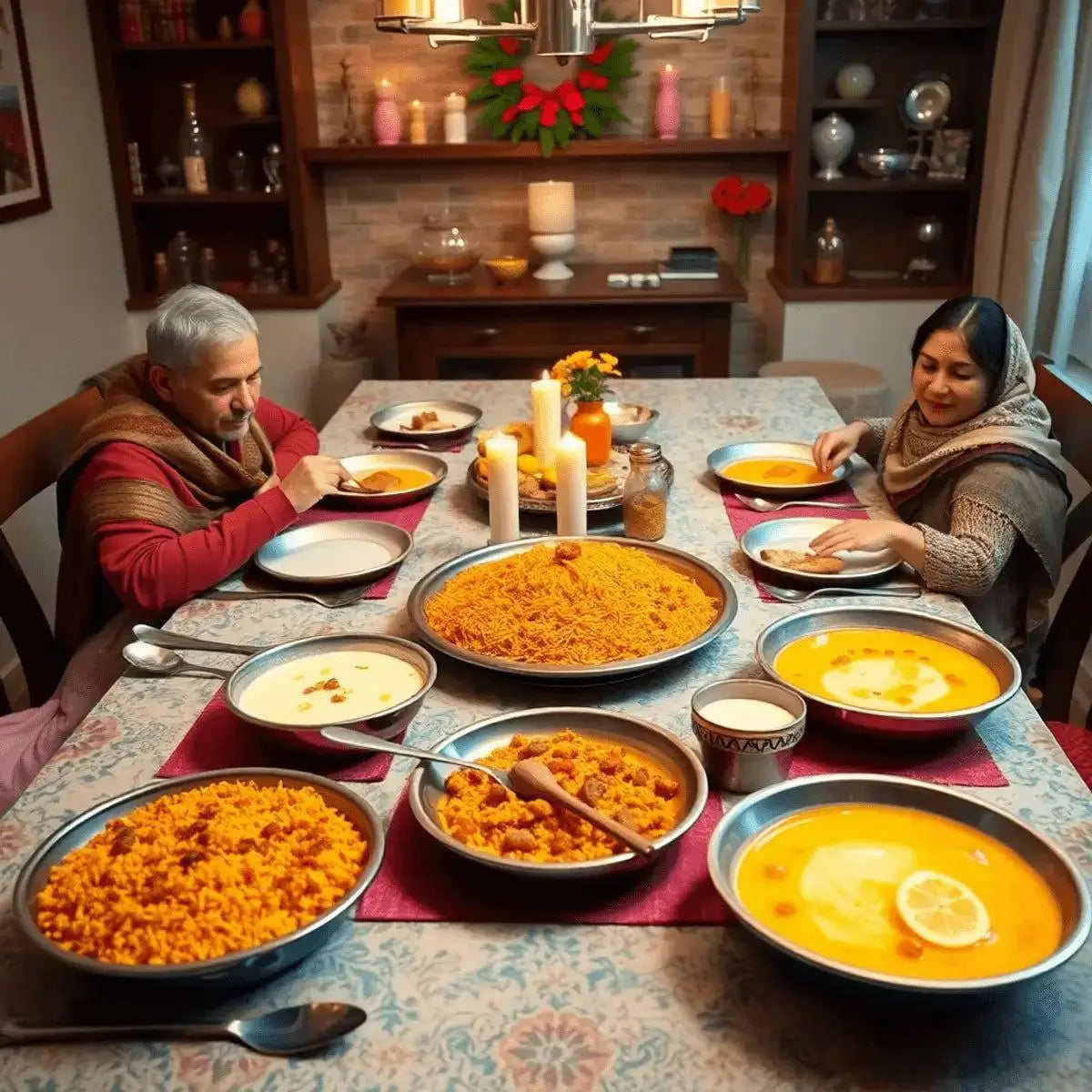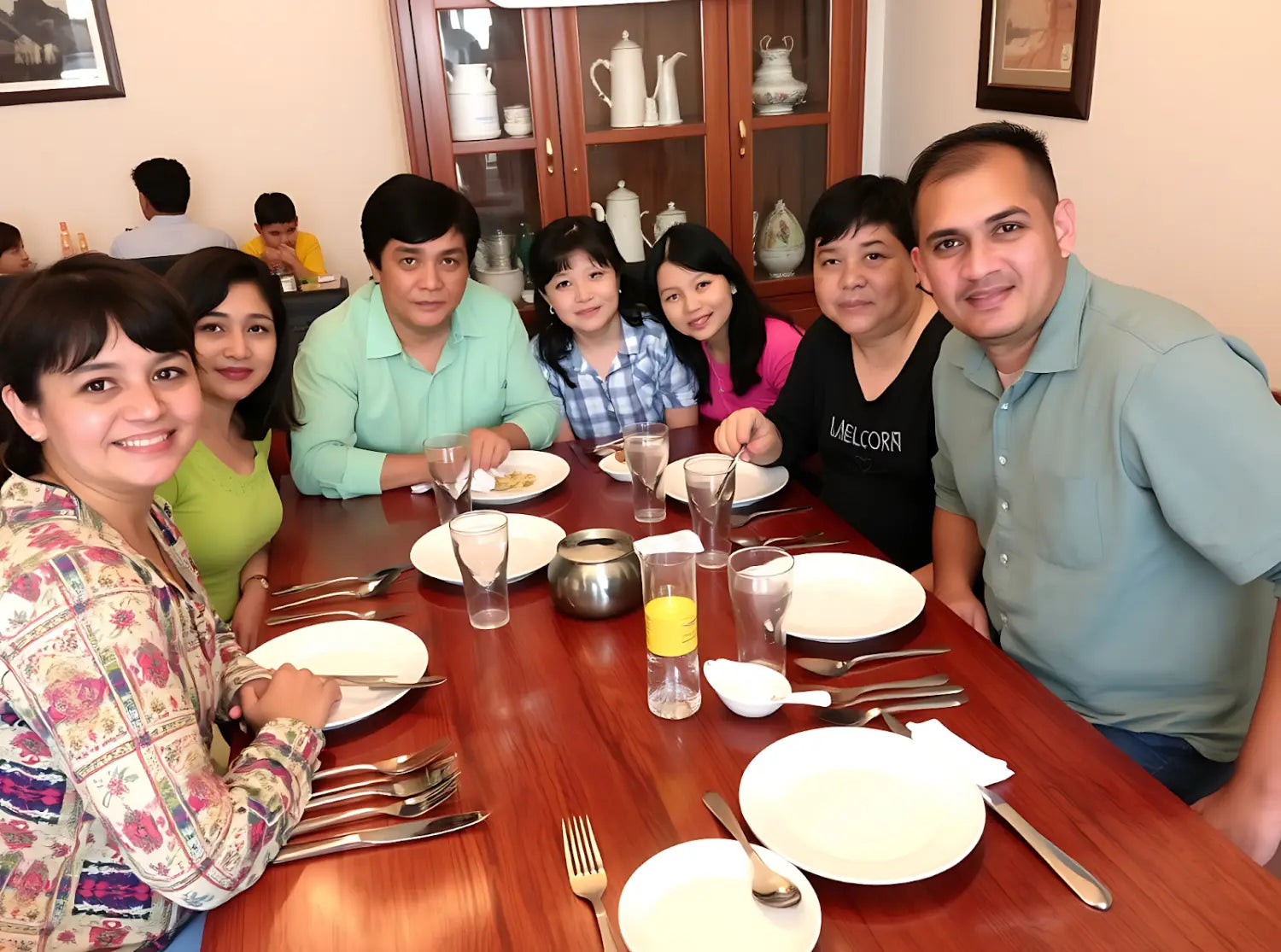Introduction
Christmas in India, affectionately known as Bada Din or "Big Day," holds a special place in the hearts of millions. This vibrant festival is celebrated with joy and fervor, reflecting the country's rich tapestry of cultures and traditions.
Key highlights include:
-
Cultural Fusion: Indian Christmas beautifully merges various customs, showcasing influences from local festivities and Western traditions.
-
Community Spirit: The celebration brings together people from diverse backgrounds, fostering unity and understanding among communities.
Attending midnight mass at beautifully adorned churches, families gather to indulge in festive feasts filled with traditional dishes. Unique decorations, such as banana leaves and clay oil lamps, add a distinct flavor to this celebration. The captivating blend of traditions makes celebrating Christmas in India a truly enriching experience.
Among the many cherished customs, decorating the Christmas tree stands out. Families often adorn their trees with beautiful ornaments like these satin ribbon tied ones, adding a personal touch to their festive decor.
Historical Context of Christmas in India
Christianity has been present in India since the 1st century, thanks to St. Thomas the Apostle. This early introduction set the stage for a thriving Christian community within India's diverse culture. The historical significance of Christianity's origins has influenced various customs and traditions celebrated during Christmas.
The Impact of British Colonialism
British colonialism played a crucial role in shaping modern Indian Christmas celebrations. As British customs blended with local traditions, many practices evolved. During this time, the concept of Christmas trees, caroling, and gift-giving became popular, combining Western influences with Indian sensibilities. For example, the tradition of gift-giving has undergone a unique transformation, with many families embracing the use of printed Christmas gift tags to add a personal touch to their presents.
Evolving Christmas Customs
Over the years, Christmas customs have changed, reflecting the rich diversity of India's cultural landscape. Local variations incorporate unique elements such as:
-
Decorative choices: Families often replace traditional Christmas trees with banana or mango leaves, highlighting regional flora.
-
Culinary fusions: Festive feasts combine traditional Indian dishes with holiday favorites, creating flavorful experiences that resonate with the Indian diaspora.
Celebrations Today
Today, celebrations embody a harmonious blend of historical influences and localized expressions, resulting in a distinctly Indian way of observing this beloved holiday. The essence of these celebrations is often captured through thoughtful gifts, such as those found in a Christmas gift box, which are perfect for sharing love and joy during this festive season.
Celebrating an Indian Christmas: Traditions and Decorations
Regional Variations in Indian Christmas Celebrations
Christmas in India, known for its vibrant celebrations, showcases a rich tapestry of traditions that vary from region to region. Each city contributes its own flavor to the festivities, creating a unique atmosphere for this beloved holiday.
Mumbai
In this bustling metropolis, Christmas is celebrated with grandeur. Midnight mass in India draws many faithful to churches adorned with twinkling lights and festive decorations. Post-service, families gather to enjoy a feast featuring both traditional dishes and local favorites. Sweets such as kuswar, a traditional assortment of festive treats, are exchanged among friends and family, emphasizing the spirit of sharing and joy.
Goa
Goa’s Christmas celebrations are nothing short of spectacular. The state comes alive with vibrant parades filled with music and dance. Beaches become venues for lively parties where locals and tourists alike revel under the stars. Traditional Goan delicacies feature prominently at holiday feasts, showcasing a blend of Portuguese influence. The use of banana leaves for decoration adds a local touch, while churches sparkle with colorful lights that reflect the festive spirit.
Kolkata
Kolkata stands out with its elaborate light displays along Park Street and other key locations. The streets transform into a mesmerizing sight as shops and homes are decked out in vibrant decorations. Families partake in midnight mass at historic churches, gathering afterward for meals that highlight both traditional Bengali cuisine and popular Christmas dishes. The city's diverse cultural backdrop is reflected in the unique fusion of flavors found on dining tables during this time.
Cultural Influences on Decor
Across these regions, local customs heavily influence festive decor:
-
Use of Natural Elements: Instead of conventional Christmas trees, many Indian households opt for mango or banana leaves.
-
Traditional Lighting: Clay oil lamps symbolize light overcoming darkness, a nod to deeper cultural beliefs. For instance, these tealight candle holders are popular during the festive season.
-
Unique Materials: Cotton wool is creatively employed to mimic snow, representing an adaptation to the tropical climate.
The celebration styles woven into each city’s fabric not only highlight the diversity within Indian culture but also foster a sense of unity among communities celebrating this joyous occasion. Furthermore, decorations such as artificial red white marigold strings are commonly used to enhance the festive ambiance during both Christmas and Diwali celebrations in India.
Commercialization vs. Authenticity: The Impact on Indian Christmas Food Choices
The culinary landscape of Indian Christmas showcases a delightful fusion of tradition and contemporary influences. Key elements include:
1. Traditional Dishes
Kuswar, a mix of traditional sweets, holds a special place in festive feasts. Rose cookies and newrio are beloved treats that symbolize joy and togetherness during the holiday season.
2.  Family Gatherings
Family Gatherings
The importance of family is underscored through shared meals, featuring hearty dishes like biryani and creamy kheer. These meals are often prepared with love and serve to strengthen familial bonds.

3. Midnight Mass Traditions
Attending midnight mass is a cherished practice in Catholic communities, marked by unique rituals and community spirit.
4. Influence of Global Trends
As global flavors permeate local cuisine, traditional recipes adapt, creating new interpretations while maintaining their cultural roots.
This blend of old and new enriches the festive experience, reflecting India's diverse culinary heritage during Christmas celebrations. In this context, the commercialization of certain aspects, such as the use of printed tags for gifts and treats, adds a modern touch to the traditional festivities.
Conclusion: Embracing Unity Amidst Diversity Through an Indian Christmas Celebration
Celebrating an Indian Christmas showcases the rich tapestry of cultural heritage woven throughout the nation.
-
Diverse Traditions: From Goa's vibrant beach parties to Kolkata's dazzling light displays, each region brings its unique flair to the festivities.
-
Shared Values: The essence of this celebration lies in unity, as families and communities come together to honor their shared beliefs and customs.
The significance of celebrating an Indian Christmas is profound, reflecting a harmonious blend of tradition and modernity that strengthens bonds and fosters a sense of belonging.




















